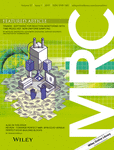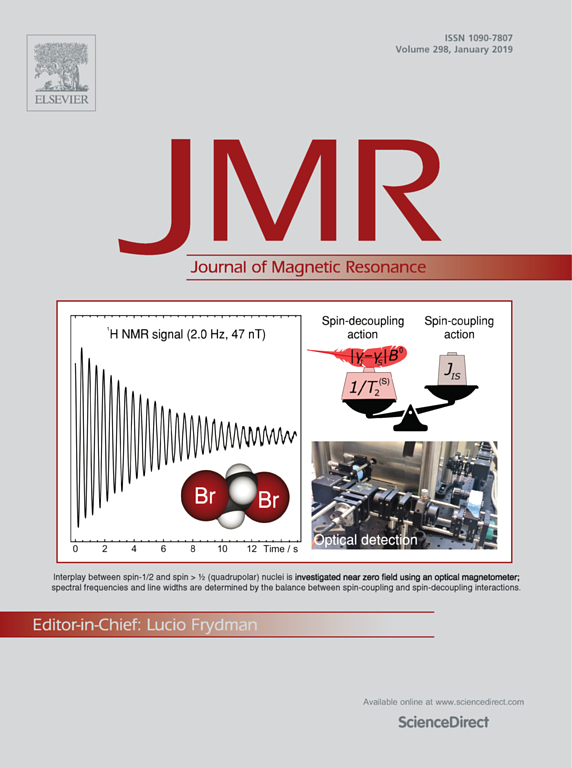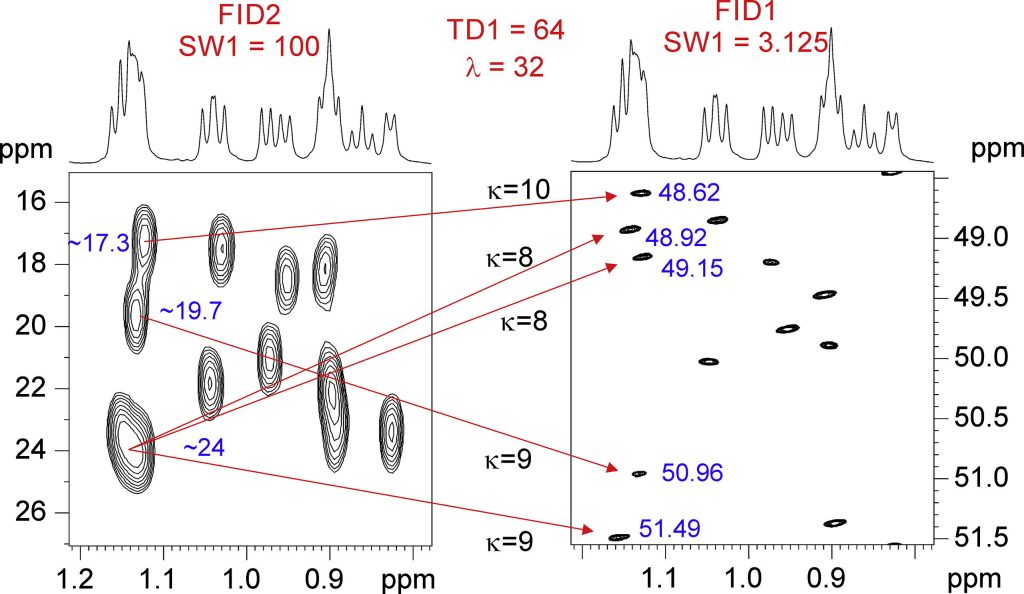
Nolis, Pau & Teodor Parella. 2019. Practical aspects of the simultaneous collection of COSY and TOCSY spectra. Magnetic Resonance in Chemistry. DOI: 10.1002/mrc.4835
The practical aspects of some NMR experiments designed for the simultaneous acquisition of 2D COSY and 2D TOCSY spectra are presented and discussed. Several techniques involving afterglow‐based, CTP‐based and NOAH‐based strategies for the collection of different FIDs within the same scan are evaluated and compared. These methods offer a faster recording of these spectra in small‐molecule NMR when sensitivity is not a limiting factor, with a reduction in spectrometer time about 45%‐60% when compared to the conventional sequential acquisition of the parent experiments. It is also shown how the optimized design of an extended three‐FID approach yields one COSY and two TOCSY spectra simultaneously by combining CTP and NOAH principles in the same experiment, affording substantial sensitivity enhancements per time unit.

